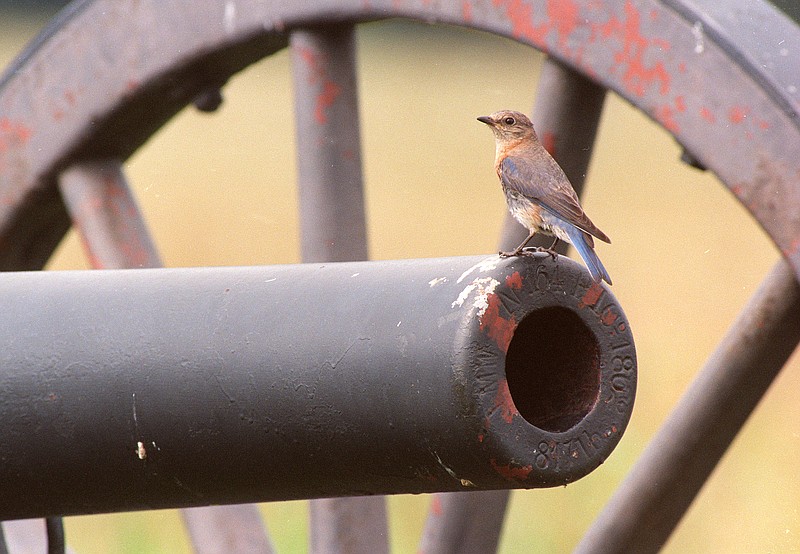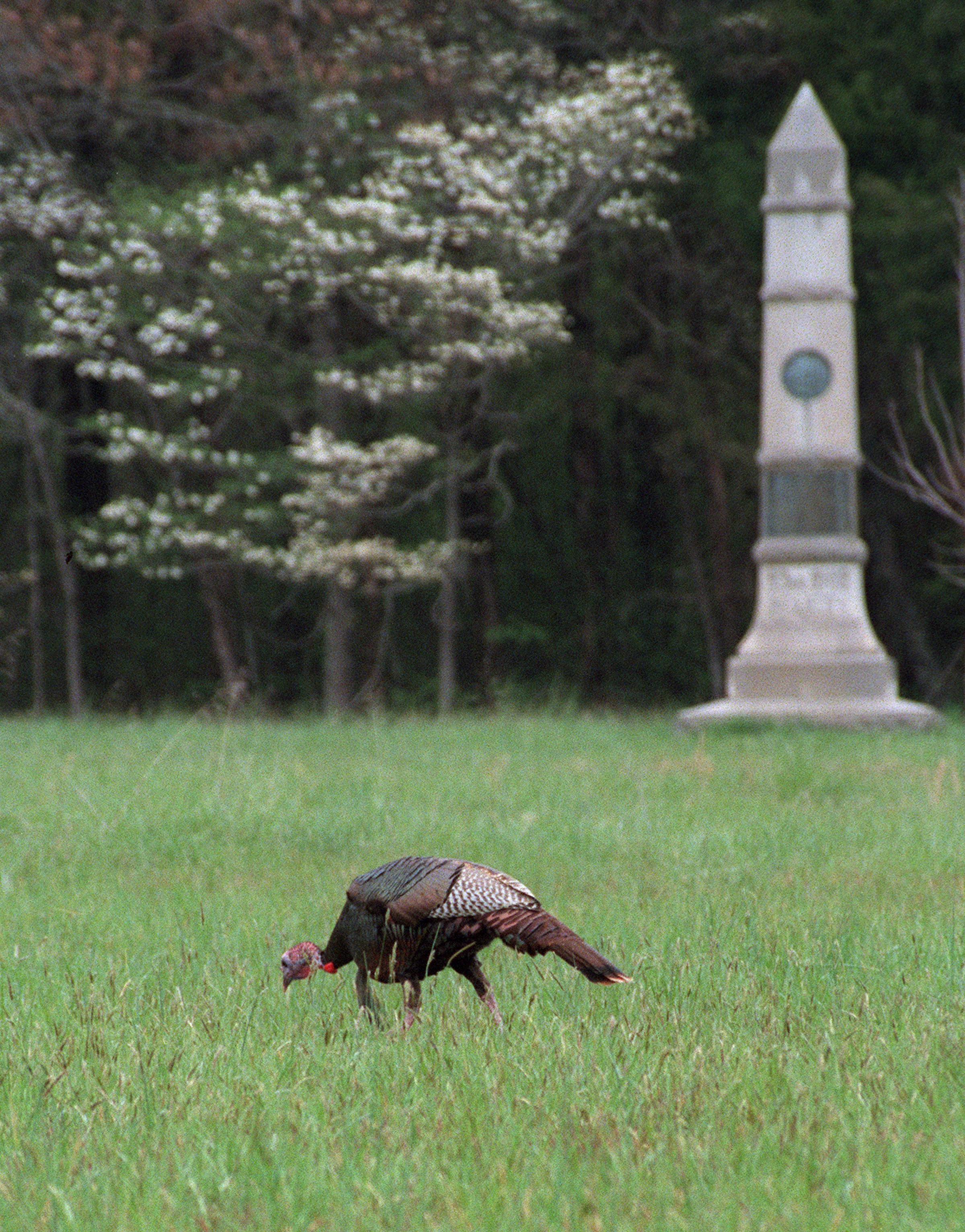A bird-watching and history event at Chickamauga and Chattanooga National Military Park will usher in the spring bird-watching season Saturday morning.
Visitors will meet Saturday at 7:30 a.m. at the battlefield visitors center before riding over to the start of the two-hour, 2.5-mile hike focused on modern and historical birding in the Chickamauga Battlefield.
"Those interested in just hiking can also come and learn about history and birding," park ranger Chris Young said. "Hopefully, this meets the needs of different groups."
Participants will follow the journey of birder Bradford Torrey. The Massachusetts native wrote the book "Spring Notes from Tennessee" about his 1895 journey to Chattanooga, where he bird-watched and met Civil War veterans in Chattanooga and Chickamauga. The tour will focus on Torrey's journey and what he saw in 1895, but there also will be reference to the battles that took place at the site in 1863.
The tour will be led by local ornithological society member Danny Gaddy and park ranger Chris Young. Participants will likely see some of the birds Torrey saw on his journey as well as birds not commonly found in the region that are passing through during spring migration.
There are two migratory bird seasons annually - once in the spring and once in the fall as birds travel to and from warmer climates for winter. The migration offers birders a chance to see birds they've never seen and some that may have never passed through the area.
Spring migration runs roughly from March through mid-May, depending on the species and weather patterns. Birds in the spring will moult their basic feathers for alternate plumage - meaning they will periodically replace their primary feathers with brightly colored feathers for spring mating.
"It's kind of like you getting dressed up to take your girlfriend on a date," birder and Tennessee River Gorge Trust Executive Director Rick Huffines said. "You change your clothes, you get snazzy, and then after you've made your relationship, you start wearing your sweatpants and baggy T-shirt."
Contact staff writer Mark Pace at mpace@timesfreepress.com or 423-757-6659. Follow him on Twitter @themarkpace and on Facebook at Chattanooga OutdoorsTFP.

